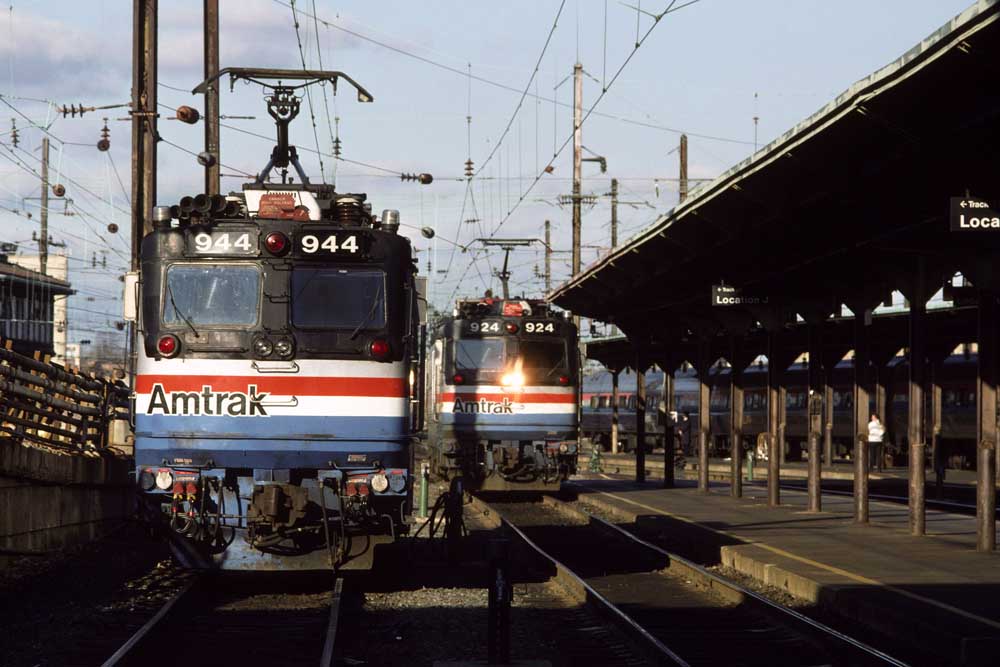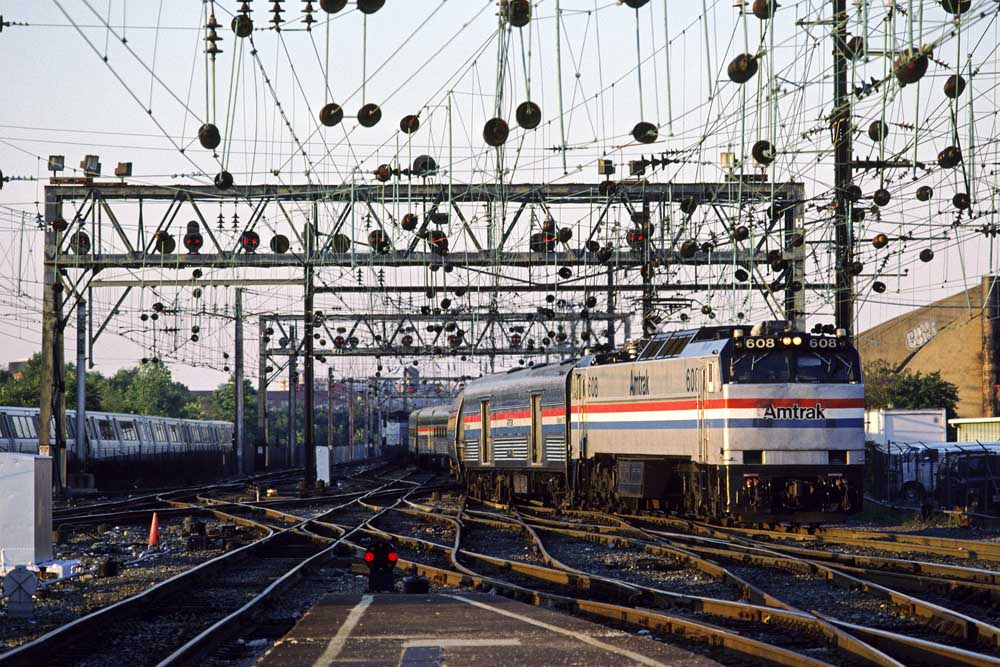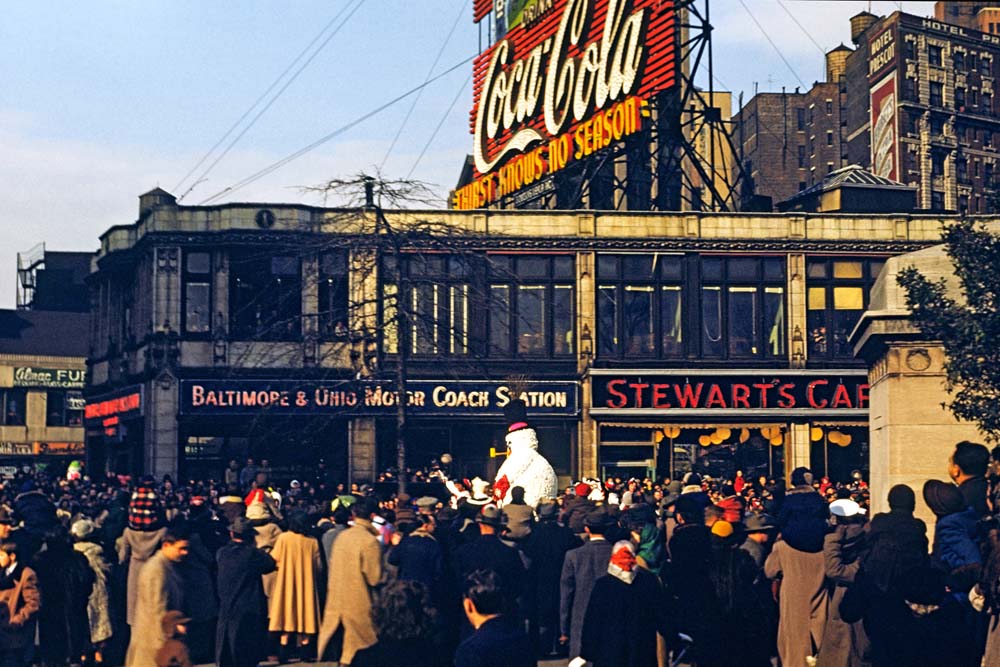Amtrak electric locomotives went through a period of uncertainty early in the passenger railroad’s existence.

Not long after its inception, Amtrak began to focus on the fact that its non-Metroliner passenger service in the “Northeast Corridor” would require a replacement for the stalwart GG1 electrics that hauled its “conventional” trains over the electrified portion of the corridor between Washington, D.C., and New Haven, Conn. Even the most recent GG1s were rapidly approaching 30-plus years of age, and they had frequently suffered from being “ridden hard, and put away wet,” particularly during the Penn Central era, from which Amtrak had inherited them.
Furthermore, the Amfleet passenger cars that were about to replace the current passenger fleet utilized on these trains would require HEP, or Head-End Power, to light, heat and cool this equipment, ending the days of steam heat and battery-powered illumination and air conditioning. One solution that was used in the interim was to create power cars that could be used for the HEP requirement; in fact, during the early days of Amfleet usage, this enabled the GG1s to handle the new Budd-built passenger cars.
Unfortunately, this “band-aid” approach did nothing to address the need to replace the aged electrics with new power, however. Into the breach stepped General Electric, by now one of the top two providers of road locomotives to North American railroads. The result? A box-cab electric locomotive that rode on essentially off-the-shelf six-wheel trucks found on the manufacturer’s diesel freight locomotives.
Recognizing that the transition to Amfleet cars would require some time, the new E60C electrics produced by GE came in two versions: one designated as the “P” version, complete with conventional steam boiler, and the “H,” connoting the HEP version. The Ps were designed to be converted subsequently to Hs as the conventional passenger car fleet was retired.

All of this made perfect sense at the time, since there wasn’t a strong demand for large numbers of new electric locomotives for passenger service in the U.S. that would have supported a completely new design. Unfortunately, once in service, the E60s didn’t perform adequately. They were eventually relegated to secondary services and limited to speeds far less than contemplated when they were being proposed.
Still in need of an effective replacement for the remaining GG1s, Amtrak chose to look at a pair of European products, since there was a strong culture of electrified (and generally, speedy) passenger service in that region. Somewhat reminiscent of the development of the GG1 in the 1930s, the U.S. passenger carrier elected to evaluate two different designs: an Alstom six-axle product used by the SNCF in France, and an Rc4 four-axle built by ASEA for use in Sweden.
The latter proved to be the winner, producing an initial order for 30 from Amtrak in 1977, to be built by EMD under license. Known formally as the AEM-7 (the numeral reflecting its 7,000 hp output), this locomotive had several nicknames, including the “Swedish meatball” and “Mighty Mouse,” at least initially; longer term, “toaster” became more prevalent, reflecting both the locomotive’s shape and its reliance on electrical power.
Unlike the E60C, the AEM-7 proved to be a success in Amtrak service, with a total of 54 eventually acquired. Interestingly, by the time of their entry into service, Amtrak elected to transform its premium Metroliner service from relying on the original late-1960s vintage electric multiple unit equipment to trainsets of Budd Amfleet cars pulled by AEM-7s. As a result, most of the railroad’s service in the electrified zone of the Northeast Corridor became the province of the “toasters,” the last of which were retired from regular service in June 2016.













